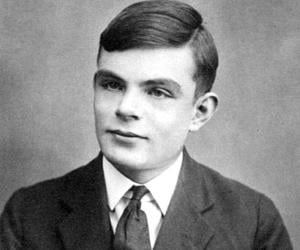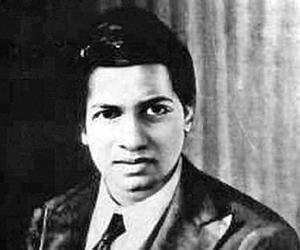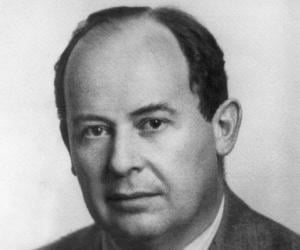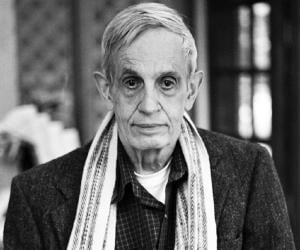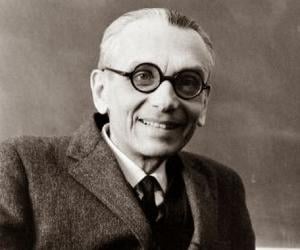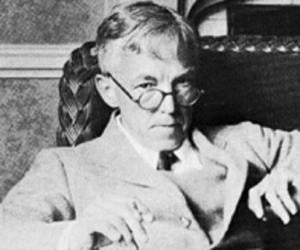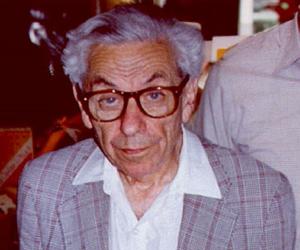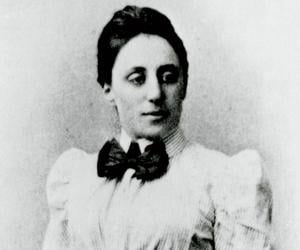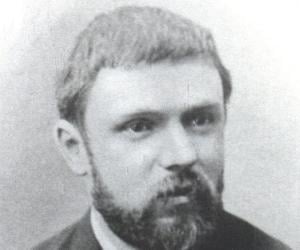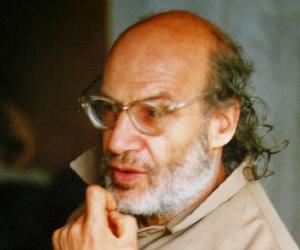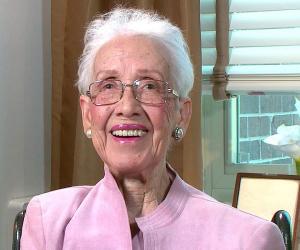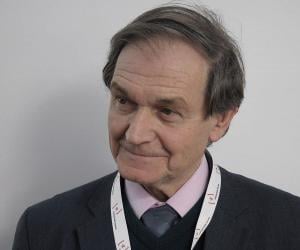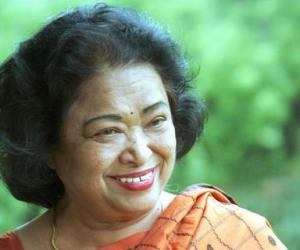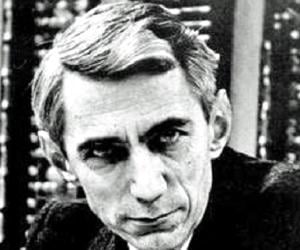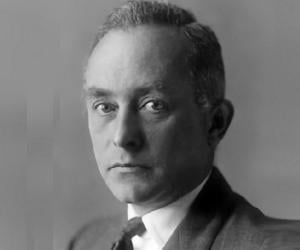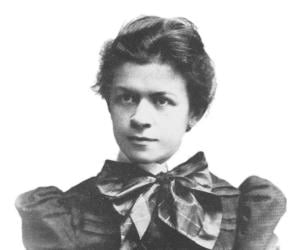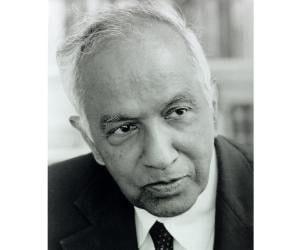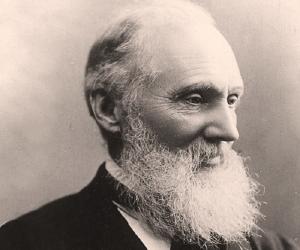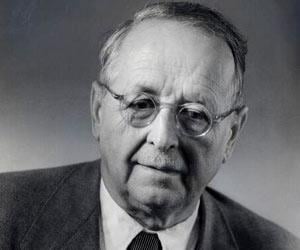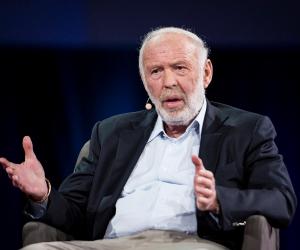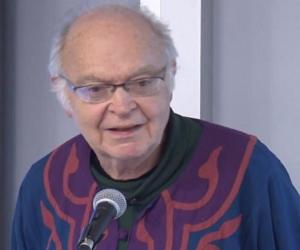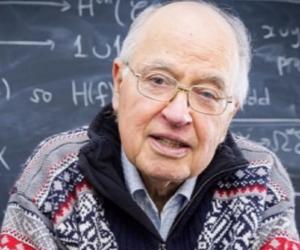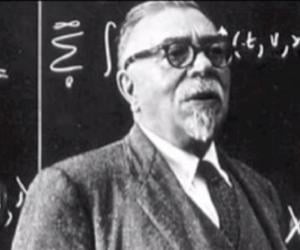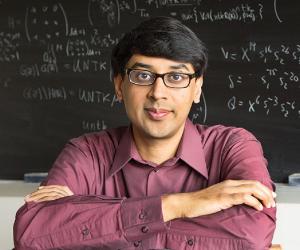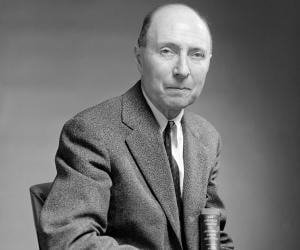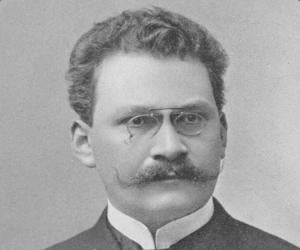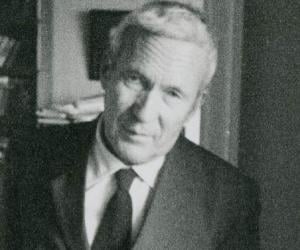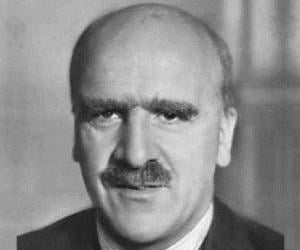Regarded as the father of computer science and artificial intelligence, Alan Turing was a distinguished mathematician and logician. During WWII, he successfully broke the challenging German Enigma machine codes thereby reducing the duration of war by a couple of years. The scientist, who was convicted for being gay, has been an inspiration for numerous films, plays and novels.
A self-taught genius Indian mathematician, Srinivasa Ramanujan is known for his contributions to mathematical analysis, number theory and continued fractions. Born into a humble family, the celebrated mathematician struggled with poverty but still managed to publish first of his papers in the Journal of the Indian Mathematical Society. Later, his collaboration with English mathematician G. H. Hardy proved very productive.
Hailed as one of the greatest logicians since Aristotle, Kurt Gödel was Austrian-born American mathematician, logician, and philosopher, who earned international stardom for his incompleteness theorem. Also credited with developing a technique called Gödel numbering, he later started working on Mathematical Platonism, a philosophical theory that failed to attract wide acceptance.
English mathematician G. H. Hardy is best recognised for his work and achievements in number theory and mathematical analysis, and also as mentor of distinguished Indian mathematician Srinivasa Ramanujan. He is noted for his essay on mathematics titled A Mathematician's Apology. He also made his mark in biology formulating a basic principle of population genetics called Hardy–Weinberg principle.
Hungarian mathematician Paul Erdős spent most of his childhood at home, due to his mother’s overprotectiveness after his sisters died of scarlet fever. Known for his eccentricity, he used his own vocabulary. His contributions include the Ramsey theory, and he skipped many university job offers to continue working independently.
Emmy Noether was a German mathematician best remembered for her contributions to abstract algebra. She is credited with discovering Noether's theorem, which is regarded as a fundamental theorem in mathematical physics. One of the most important mathematicians of her generation and the most important woman in mathematics history, Emmy Noether developed theories of algebras, fields, and rings.
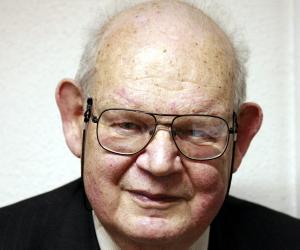
Noted mathematician and polymath, Benoit B. Mandelbrot is perhaps best known for his work on fractal. He not only coined the term, but also used computer-constructed images to illustrate the mathematical definition. Also credited with the discovery of Mandelbrot set and Mandelbrot law, he established that even those things which were apparently chaotic or rough had a "degree of order".
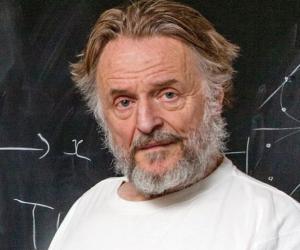
Remembered as versatile mathematician, game wizard and polymath, John Horton Conway had limitless curiosity, which matched with his scientific originality. Although he is best known for devising the cellular automation called Game of Life, he made significant contributions to group theory, number theory, algebra, geometric topology, theoretical physics, combinatorial game theory and geometry. Conway published many outstanding papers in these fields.
Alexander Grothendieck was a 20th-century mathematician who was a leading figure in the creation of modern algebraic geometry. With his so-called "relative" perspective, he revolutionized many areas of pure mathematics. During his later career, he became a professor at the University of Montpellier. He is counted among the greatest mathematicians of the 20th century.
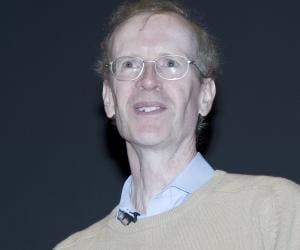
English mathematician Sir Andrew John Wiles, a Royal Society Research Professor at the University of Oxford, is best known for proving the modularity theorem for semistable elliptic curves, thereby proving Fermat's Last Theorem for which he was awarded the Abel Prize and the Copley Medal by the Royal Society. He also proved the main conjecture of Iwasawa theory.
Roger Penrose’s contribution to the research related to the black hole and general relativity earned him the Nobel Prize in Physics in 2020. The Emeritus Rouse Ball Professor of Mathematics at Oxford, Roger is also a fellow of Wadham College, St John's College of Cambridge, and University College London.
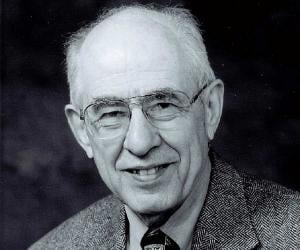
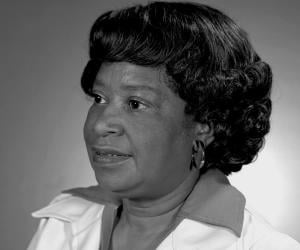
American mathematician and aerospace engineer Mary Jackson went down in history as the first African-American woman to work as a NASA engineer. Initially a math teacher, she later joined NACA under Dorothy Vaughan and contributed to countless American space programs at a time when racial segregation was the norm.
A child prodigy who was never formally educated, Shakuntala Devi became a mathematical genius earning the title of Human Computer for her exceptional calculating abilities. The Indian genius was also an astrologer and a gifted writer who authored books on maths, astrology, homosexuality in India and a crime thriller novel.
Claude Shannon was an electrical engineer, mathematician, and cryptographer. He is credited with publishing the article A Mathematical Theory of Communication which gave rise to the field of information theory. Hence, Shannon is considered the father of information theory. He is also credited with founding digital circuit design theory. During World War II, he contributed to the field of cryptanalysis.
Remembered for his varied contribution to astrophysics, Subrahmanyan Chandrasekhar is perhaps best known for his work on the evolution of massive stars. Today known as Chandrasekhar limit, it contributed to final understanding of supernovas, neutron stars, and black holes. A prolific writer, he also did significant work on energy transfer by radiation in stellar atmospheres and convection on solar surface.
Lord Kelvin was a British mathematical physicist and engineer. He studied at the Glasgow University and proceeded to teach there as well. Besides his academic career, he also had a career as an electric telegraph engineer and inventor. He received the Royal Society's Copley Medal in 1883. Absolute temperatures are stated in units of kelvin in his honor.
Hermann Klaus Hugo Wey is remembered for his contribution to both physics and math. He was one of the first scientists to think of merging the concepts of electromagnetism and relativity. He moved from the University of Göttingen to Princeton in the wake of the rise of the Nazi reign.
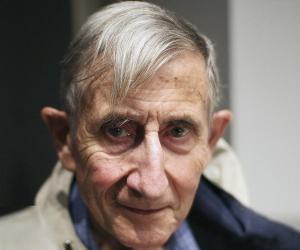
Freeman Dyson was a British-American theoretical and mathematical physicist, mathematician, and statistician. He made major contributions in the fields of quantum field theory, astrophysics, random matrices, quantum mechanics, and nuclear physics. He originated the concept that went on to be known as Dyson's transform. He received the Golden Plate Award of the American Academy of Achievement in 1986.
The son of a shoe factory owner, mathematician-turned-hedge-fund-manager James Harris Simons studied math at MIT and helped the U.S. break codes during the Vietnam War. He later founded his own hedge fund firm, Renaissance Technologies. He supports autism research and funds Math for America. In 2021, he was America’s 23rd-richest person.
Mathematician and computer scientist Donald Ervin Knuth is best known for his contribution to the development of the rigorous analysis of the computational complexity of algorithms. Also the creator of the TeX computer typesetting system as well as the WEB and CWEB computer programming systems, he has published twenty books, most significant among them being The Art of Computer Programming.
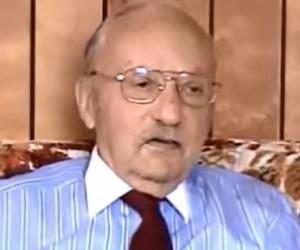
Mathematician George Dantzig, known for his research on linear programming, was the first to develop the simplex method. The National Medal of Science winner was the son of mathematician and linguist Tobias Dantzig. He was associated with RAND Corporation and also taught computer science and operations research at Stanford.
Recipient of Fields Medal and Abel Prize, British-Lebanese mathematician Michael Atiyah emerged as a leading figure in the UK mathematics during the latter half of the 20th century. He specialised in geometry and made remarkable contributions in the fields of geometry, theoretical physics, topology and global analysis, and is best known for proving the Atiyah–Singer index theorem with Isadore Singer.
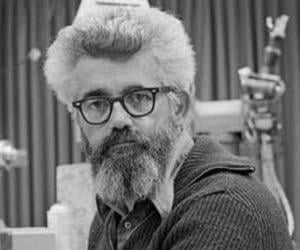
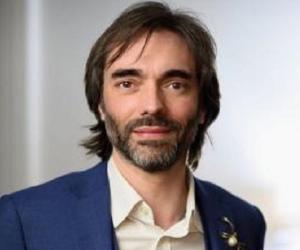
Fields Medal-winning French politician and mathematician Cédric Villani works mainly on mathematical physics, partial differential equations and Riemannian geometry. He serves as Member of the National Assembly for Essonne's 5th constituency, after being elected during the 2017 legislative election. He was a member of La République En Marche! but defected later to form the political party Ecology, Democracy, Solidarity.
One of the “Martians,” or eminent Hungarian scientists who had migrated to the U.S., Eugene Wigner won a Nobel Prize for his work on nuclear physics and the law of conservation of parity in particular. He taught at Princeton and Wisconsin and was also associated with the Manhattan Project.
Hermann Minkowski was a mathematician who served as a professor at the University of Göttingen, the University of Königsberg, and the University of Zurich. He is credited with creating and developing the geometry of numbers. He is also credited with using geometrical methods to resolve problems in the theory of relativity, mathematical physics, and number theory.
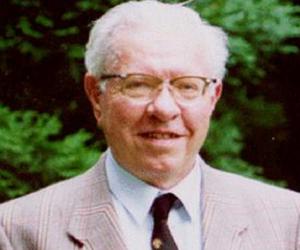
Fred Hoyle was an English astronomer known for his theory of stellar nucleosynthesis. He spent most of his career at the Institute of Astronomy at Cambridge, serving as its director for six years. He was also an author of science fiction novels, short stories, and plays and appeared in a series of radio talks on astronomy for the BBC.
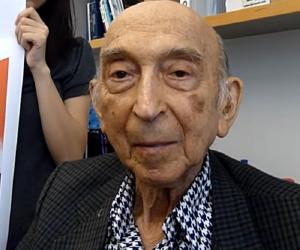
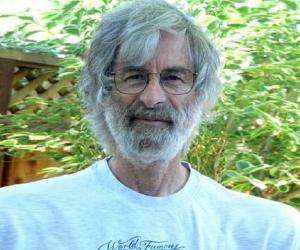
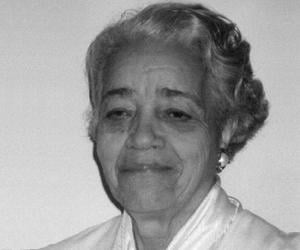
American mathematician Dorothy Vaughan was also known as a "human computer." Initially a math teacher, she became the first African-American supervisor of NACA, later part of NASA, at a time when racial segregation was rampant in the U.S. Her contribution to the early American space programs is invaluable.
Russian mathematician Andrey Kolmogorov lost his mother at birth and was raised by his aunts. His talent in mathematics was discovered when he joined the Moscow State University to study history and math, while simultaneously studying metallurgy elsewhere. His greatest contribution to mathematics was in the field of probability theory.
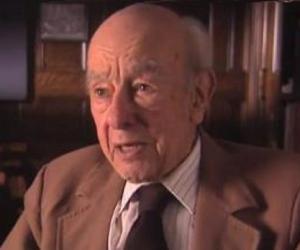
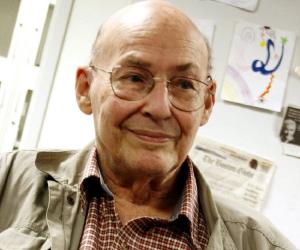
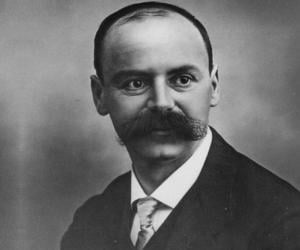
Karl Schwarzschild was a German astronomer and physicist. He is remembered for his contributions to the general theory of relativity; Schwarzschild came up with the first exact solution to the Albert Einstein field equations. He also contributed immensely to the theory of black holes.
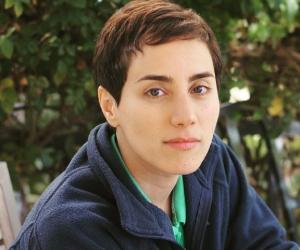
Maryam Mirzakhani was an Iranian mathematician best remembered for her innovative methods and research involving different branches of mathematics like symplectic geometry and ergodic theory. On 13 August 2014, she became the first Iranian and only woman to date to be honored with the prestigious Fields Medal. Maryam Mirzakhani died of breast cancer when she was 40 years old.
British geneticist J.B.S. Haldane is remembered for his pioneering use of statistics in biology. A proponent of neo-Darwinism, he was the son of physiologist John Scott Haldane and had begun assisting his father at age 8. He later joined the British Communist Party and also moved to India.
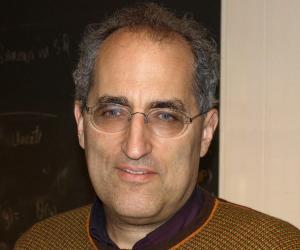
American mathematical and theoretical physicist Edward Witten is regarded as the practical founder of M-theory. His proof of positive energy theorem led him to become the first physicist who received the Fields Medal by International Mathematical Union. His research works mainly include the areas of string theory, supersymmetric quantum field theories and quantum gravity, besides other areas of mathematical physics.
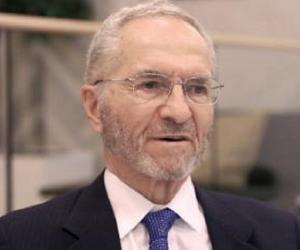
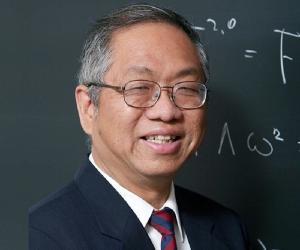
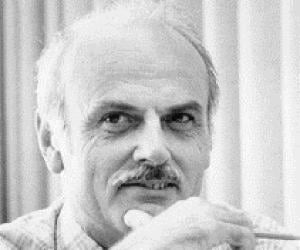
Turing Award-winning computer scientist Edgar F. Codd is best remembered for his relational data model, which contributed to the development of the relational database used in storing and retrieving computer data. An Oxford graduate, he had also worked for the army during World War II.
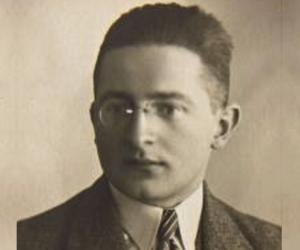
Polish mathematician-cryptologist Marian Rejewski is noted for reconstructing the sight-unseen German military Enigma cipher machine and solving Enigma-machine cipher using limited documents that the French military intelligence managed to obtain. He and his colleagues developed and applied methods and equipment for decrypting the German machine ciphers which gave Britain an opportunity to read German Enigma-encrypted messages during Second World War.
